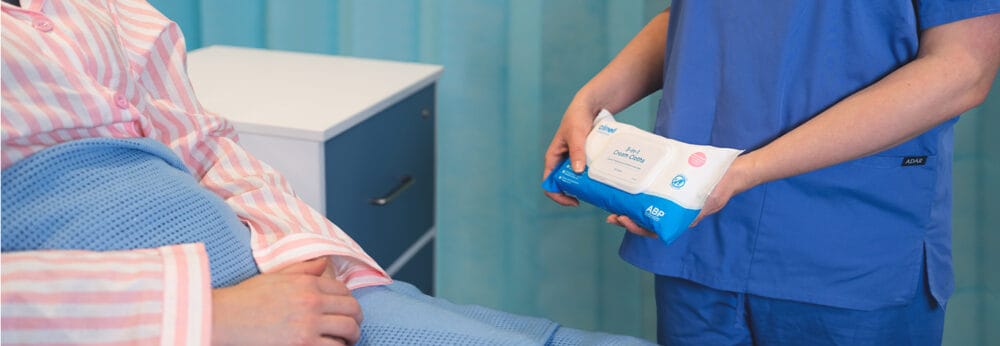Posted
10th October 2016
Products
NEW YORK (October 6, 2016) – Ultraviolet C light disinfection to clean unoccupied patient rooms significantly reduced C. difficile infections (CDI) in high-risk patients who later occupied those rooms, according to a study published today in Infection Control & Hospital Epidemiology, the journal of the Society for Healthcare Epidemiology of America. The no-touch device, used after patients with CDI were discharged from the hospital, also resulted in substantial healthcare savings, estimated between $350,000 and $1.5 million annually.
“UV light disinfection is a fast, safe, and effective technology to reduce the risk of C. difficile infection associated with the hospital environment,” said David Pegues, MD, lead author of the study and a professor of Medicine in the Perelman School of Medicine at the University of Pennsylvania. “The success of this technology is dependent on Environmental Services employees as a critical partner in our ongoing efforts to eliminate hospital-acquired infections such as C. difficile and to improve patient safety.”
The study was conducted in three hematology-oncology units at the Hospital of the University of Pennsylvania during a one-year period (February 2014-January 2015). Results showed that adding UV disinfection to typical disinfection protocols reduced the incidence of CDI by 25 percent among new patients in these units, compared to the prior year. At the same time, CDI rates increased 16 percent in the non-study units during this period. The team found that using the ultraviolet robot after a room cleaning by members of the Environmental Services team not only reduced the number of infections, but did so without adversely impacting room turnaround time. According to this study, room cleaning took only five minutes longer on average compared to non-study units.
“These findings have real implications for both health systems and patients. The effectiveness and efficiency of UV-C robots make it a practical and cost effective technology that will benefit hospitals around the country and save people’s lives,” said Pegues.
The technique, known as ultraviolet wavelength C germicidal irradiation, uses short-wavelength ultraviolet light to kill microorganisms. CDI is one of the most common healthcare-acquired infections in the United States and is associated with serious complications. It is resistant to many surface disinfectants and can persist on surfaces, making it an ongoing risk for transmission to patients.
While the UV disinfection device proved to be effective at reducing CDI incidence, it showed no effect on other healthcare-associated infections, such as methicillin-resistant Staphylococcus aureus (MRSA). David Pegues, Jennifer Han, Cheryl Gilmar, Brooke McDonnell, Steven Gaynes. “Impact of Ultraviolet Germicidal Irradiation for Terminal Room Disinfection on C. difficile Infection Incidence among Hematology Oncology Patients.” Web (October 6, 2016).
SHARE THIS ARTICLE
Tags
Latest News
Advancing Continence Care with Clinell Contiplan: Expanded Indications, Pathways and Proven Outcomes
This World Continence Week, Clinell Contiplan 3-in-1 Cream Cloths introduce…
Celebrating 20 Years of GAMA Healthcare: Our Story
This month, GAMA Healthcare celebrates 20 years of helping prevent…
Norovirus and gastroenteritis outbreaks, the party ‘pooper’ you don’t want invited!
Recently, on 11 October 2024, NSW Health issued a health…
Clean Between to Reduce Healthcare-Associated Infections
Healthcare-associated infections (HAIs) are a significant concern for healthcare facilities…



